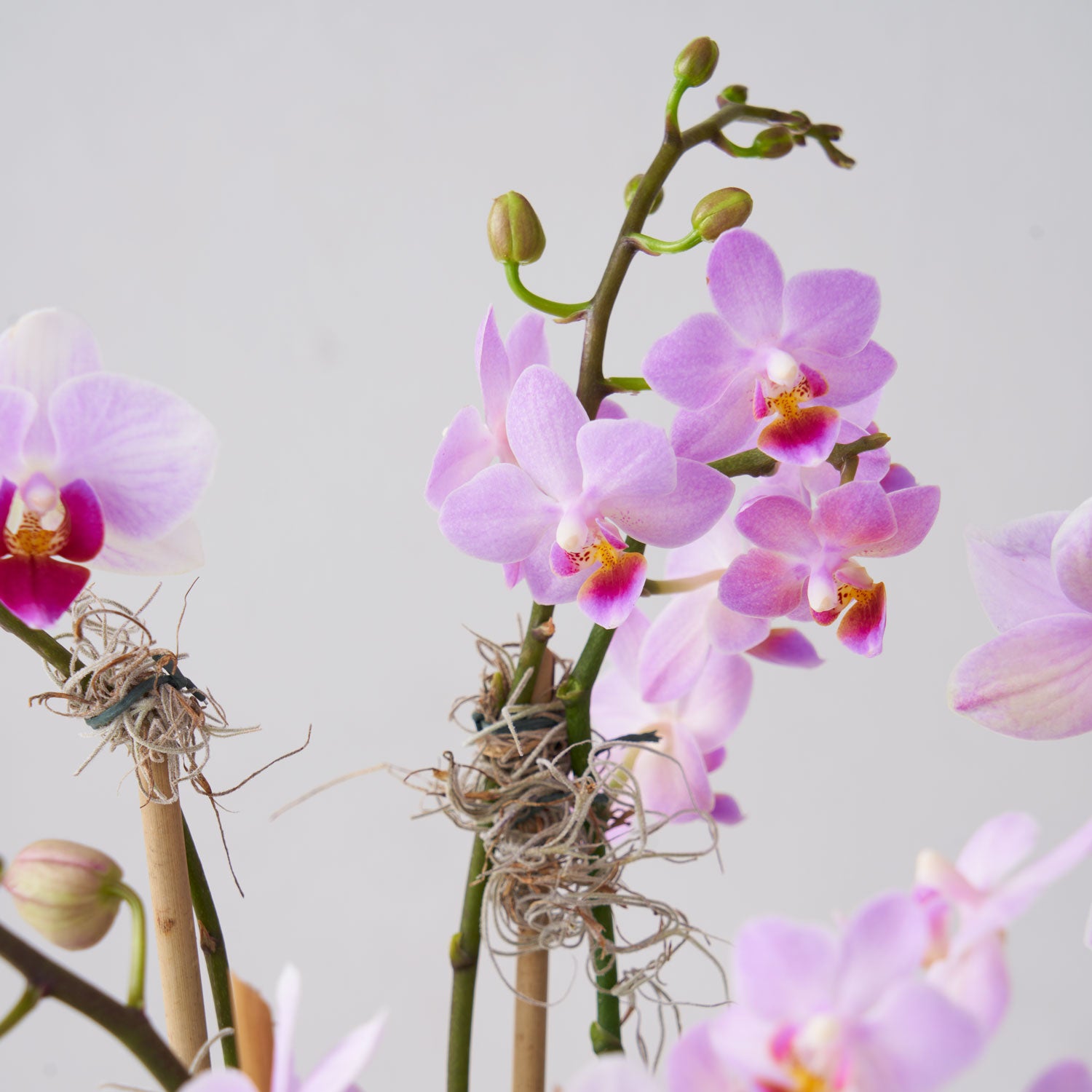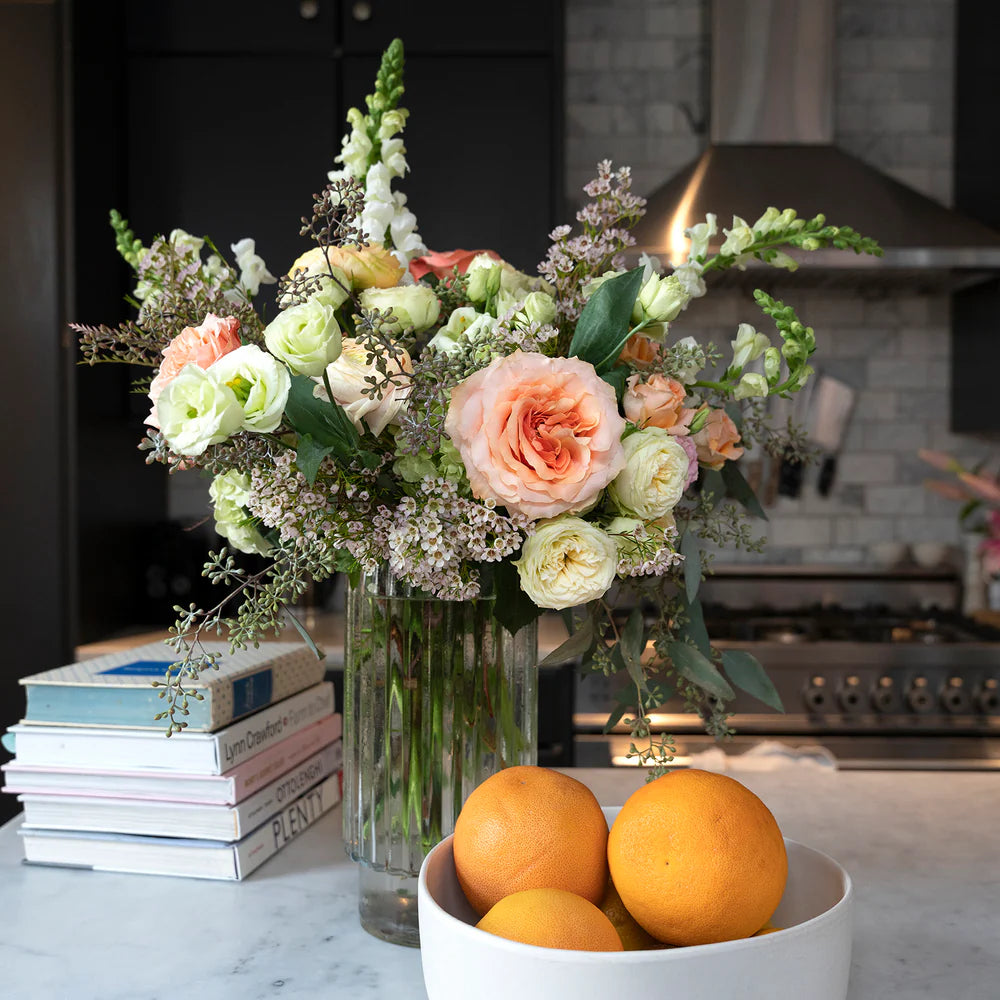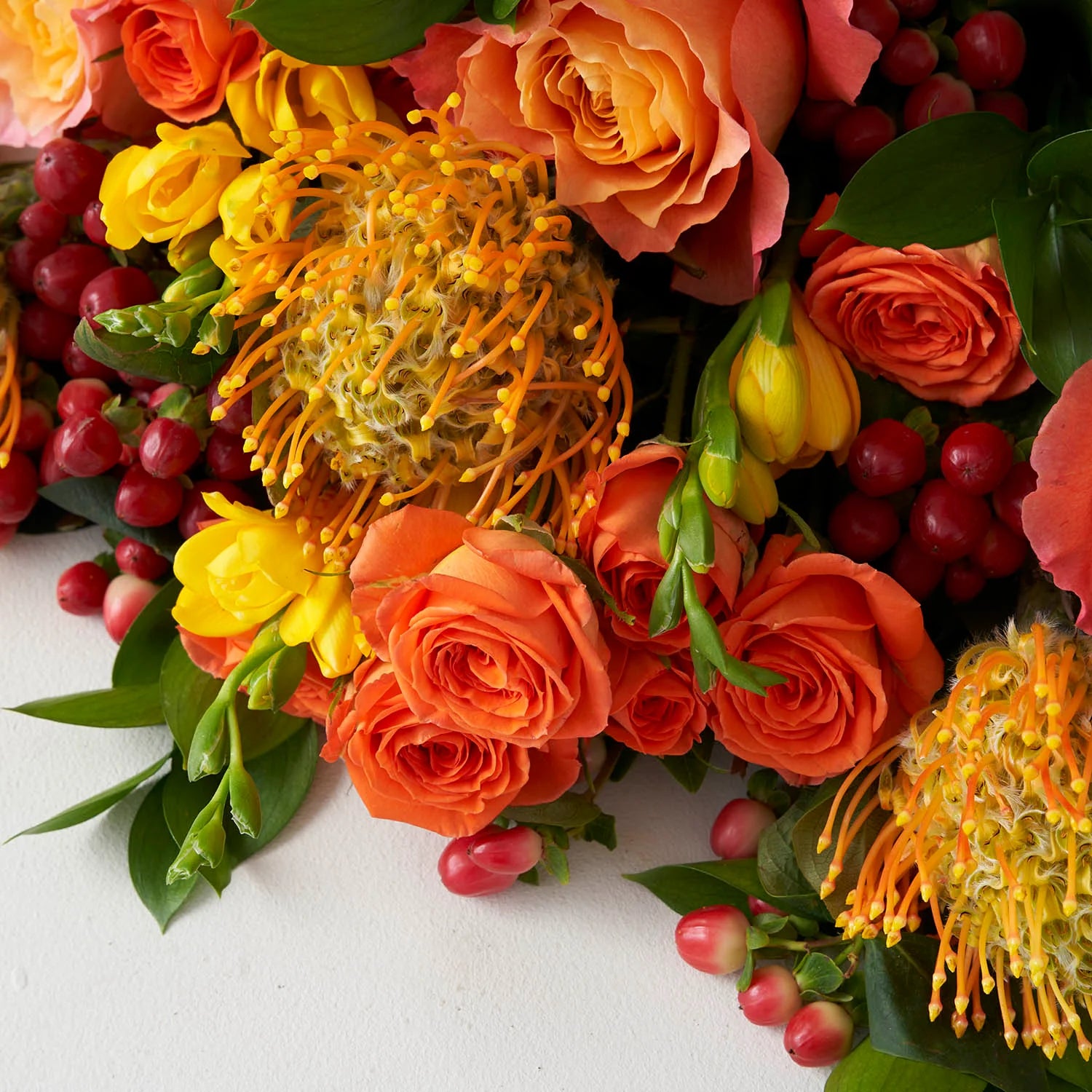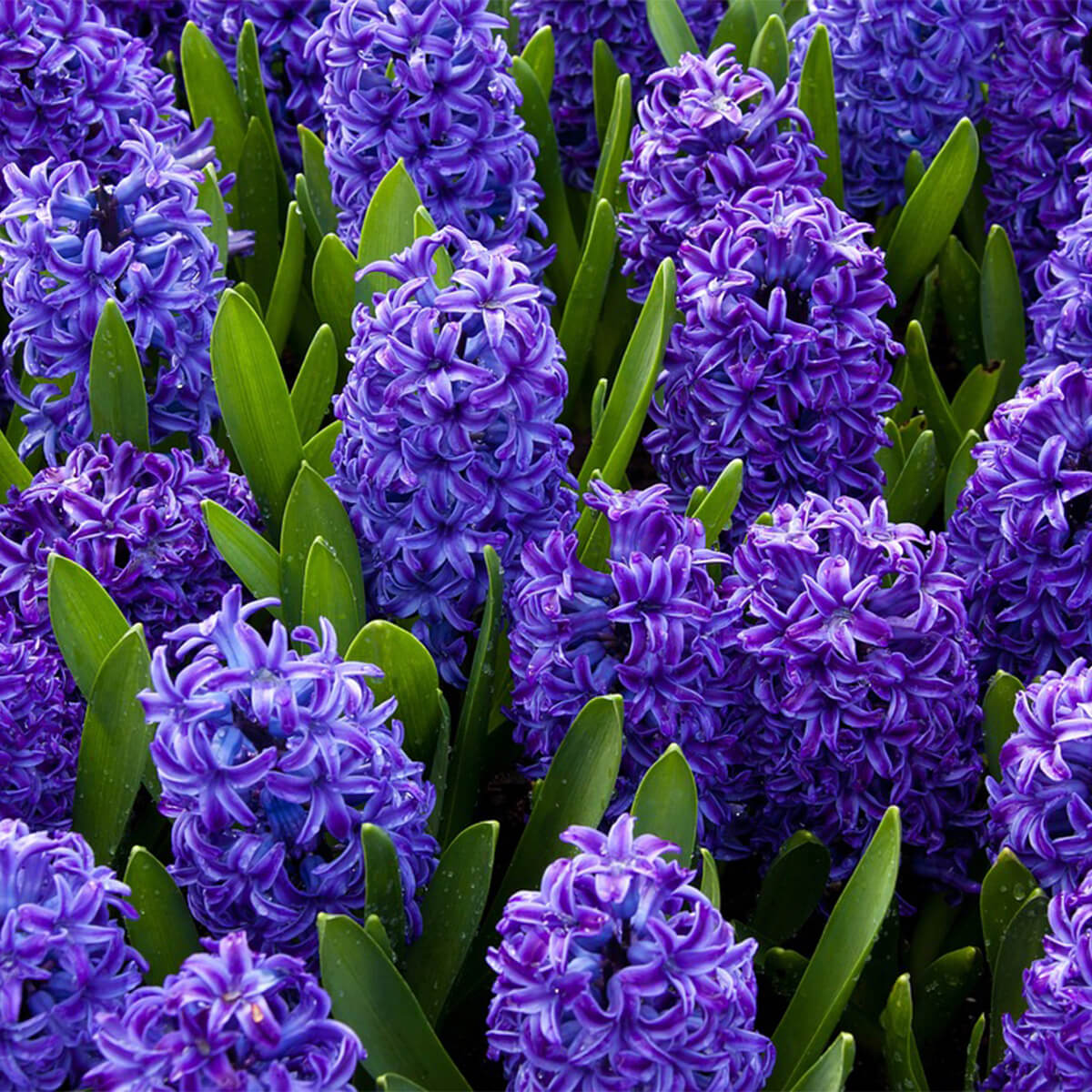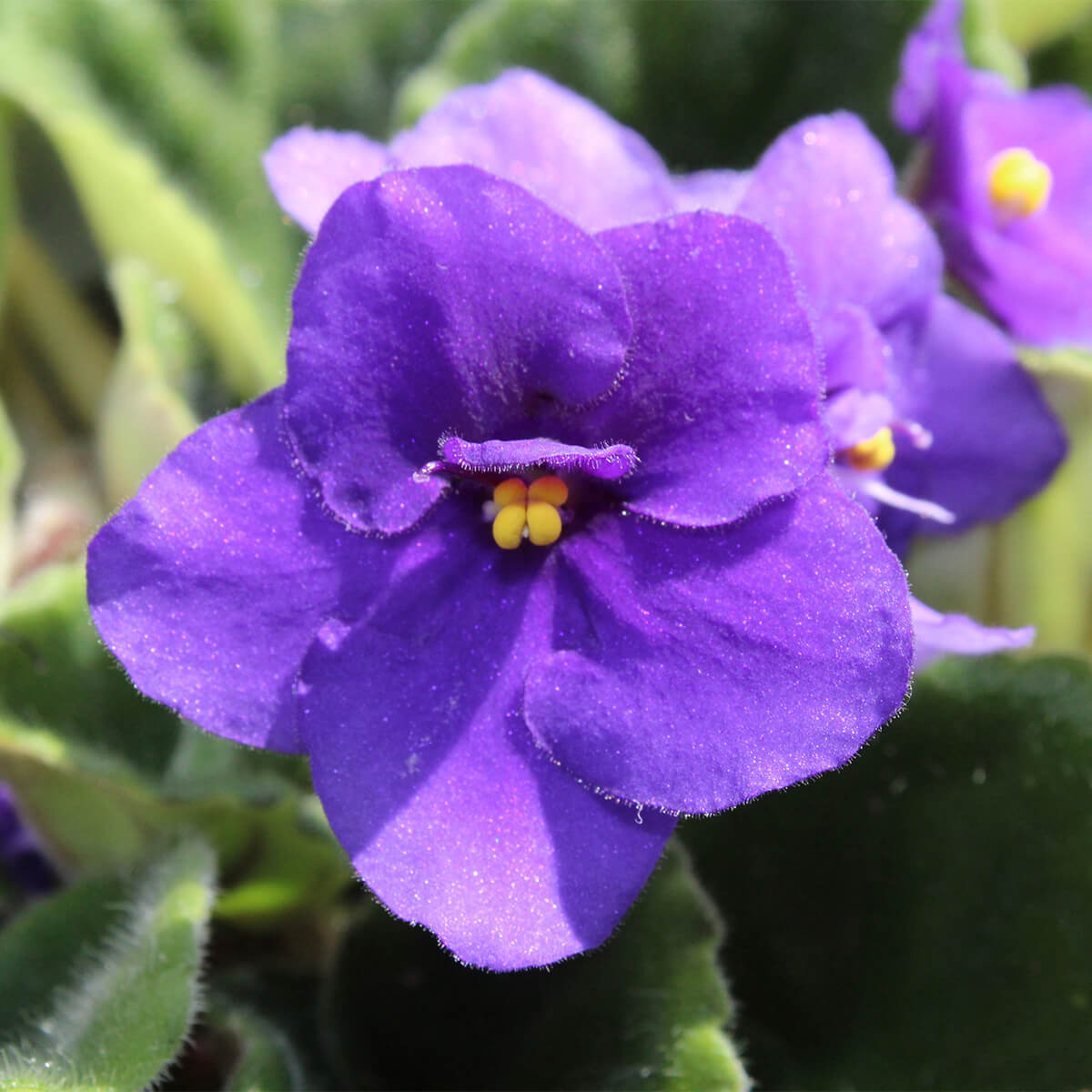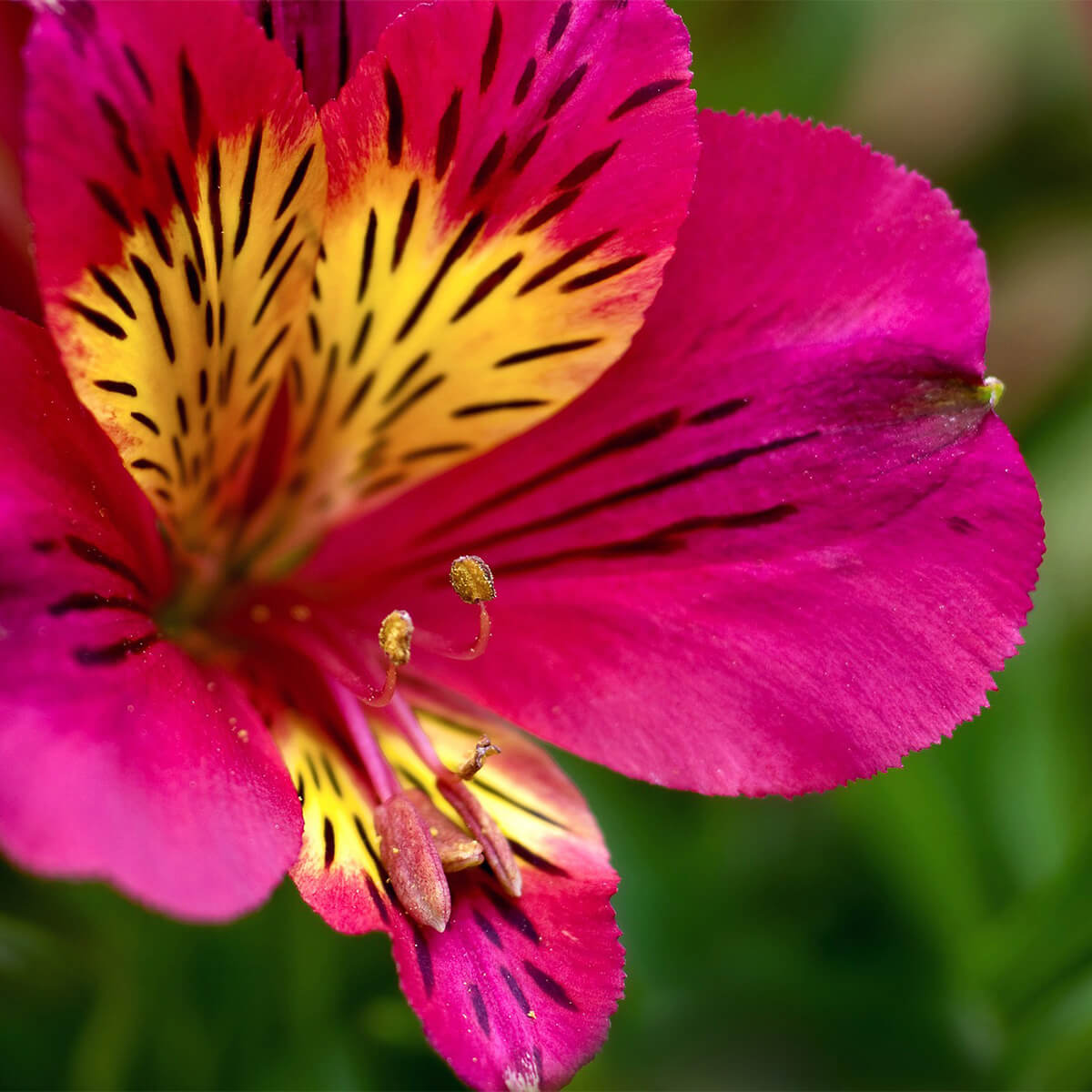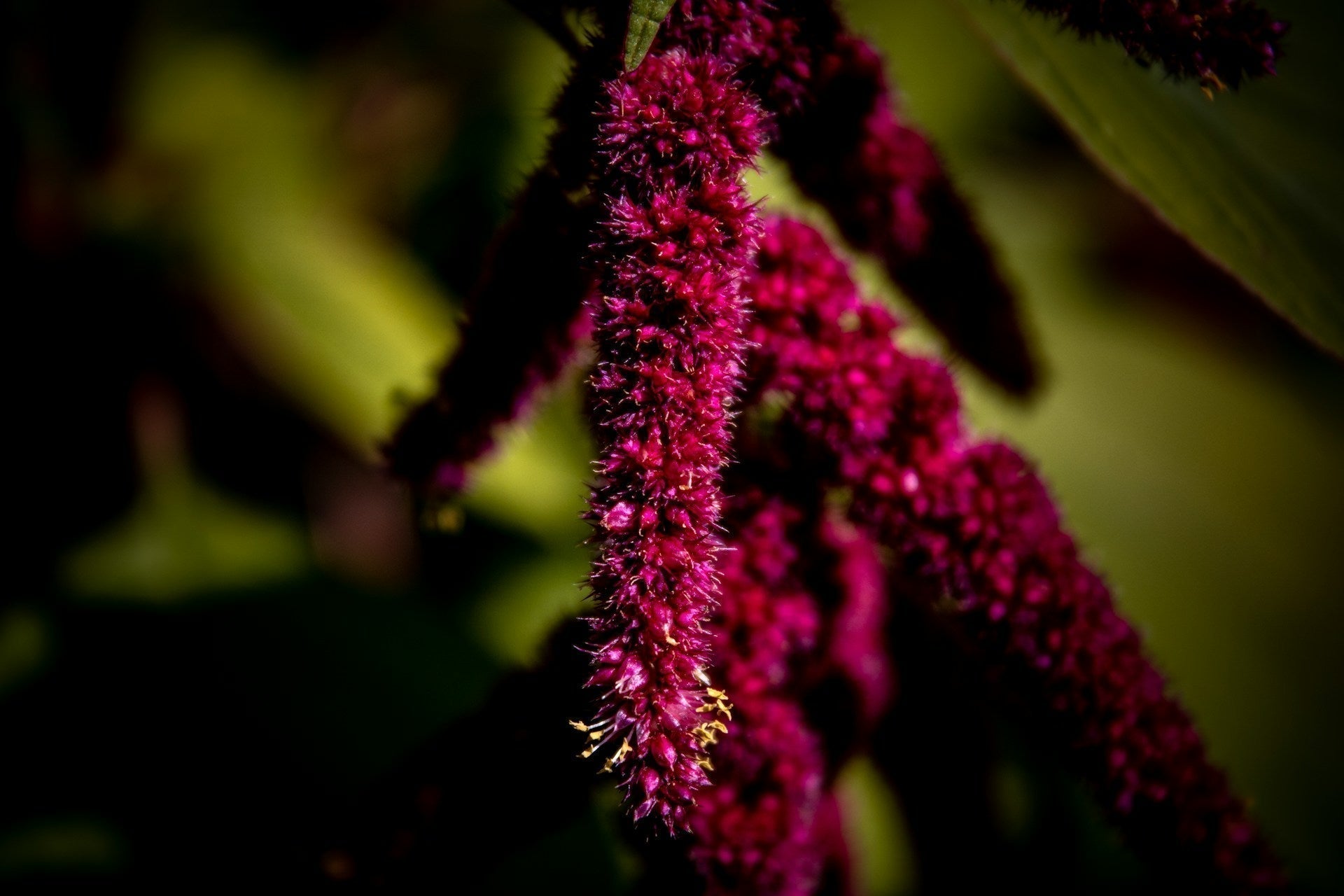Hyacinth – Hyacinthus orientalis
Symbolism: Hyacinth flowers symbolize sport or play, constancy, and sincerity. They are also associated with jealousy and sorrow. The meaning attributed to the hyacinth varies with its colour:
-
Red: pain
-
Blue: constancy
-
White: discretion
Description: Hyacinths are fragrant, elegant, and tranquil spring flowers known for their intense and often overpowering fragrance. The Dutch or garden hyacinth produces spikes of flowers in a variety of colours, including blue, purple, pink, red, and white. Hyacinth bulbs usually produce a single flower stalk standing 8 to 10" tall, although a second or third stem with a smaller flower cluster will sometimes grow.
Named after: The genus name Hyacinthus is derived from a Greek name used for a plant by Homer, hyákinthos. It is said that the flowers supposedly grew from the blood of a young boy accidentally killed by the god Zephyr.
Latin/Scientific name: Hyacinthus orientalis
Native to: Central and southern Turkey, northwestern Syria, and Lebanon
Flowering period: Early to mid-spring, around the same time as daffodils. Once the leaves start to emerge, it takes about 3 weeks for the flowers to open.
Vase life: 7 to 11 days
Popular use in floral arrangements or bouquets: Hyacinths are often used in spring flower bouquets or arrangements, adding a nice seasonal touch.
When in stock in our shops: During the spring season as part of our spring co llection.
Potted plant care
Light
-
Place your potted hyacinth plant in a location that receives bright, indirect sunlight.
-
Avoid direct sunlight as it can cause the leaves to wilt or become scorched.
Soil
-
Use a well-draining potting mix that contains perlite or sand to ensure proper drainage.
-
Hyacinth plants prefer slightly alkaline soil with a pH between 6.0 and 7.5.
Water
-
Water your hyacinth plant when the top inch of soil feels dry to the touch.
-
Water the plant thoroughly until water runs out of the drainage holes in the bottom of the pot.
-
Avoid overwatering as it can cause root rot.
Temperature & Humidity
-
Hyacinth plants prefer cool temperatures (60-65°F, 15-18°C).
-
They can tolerate dry indoor air, but prefer a humid environment.
-
Placing a tray of water near the plant or using a humidifier can help maintain adequate humidity levels.
Feeding
-
Fertilize your hyacinth plant every 2-3 weeks with a balanced, water-soluble fertilizer during the growing season (spring and summer).
-
Avoid fertilizing during the winter months when the plant is dormant.
Transitioning Indoors to Outdoors
-
Hyacinth plants are typically grown outdoors in the ground, but they can also be grown in containers.
-
If you decide to transition your hyacinth plant from indoors to outdoors, do so gradually to avoid shock.
-
Start by placing the plant in a shaded outdoor area for a few hours a day and gradually increase the exposure to sunlight over time.
-
Ensure the outdoor soil is well-draining to prevent waterlogged conditions.

